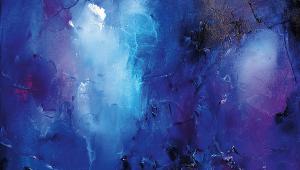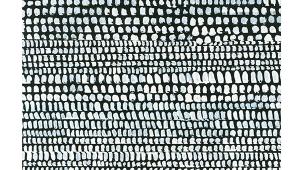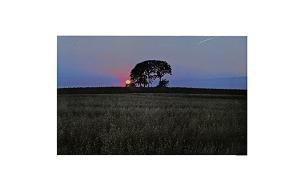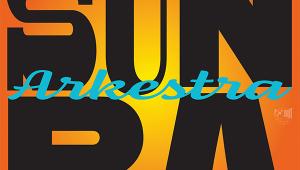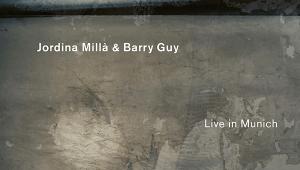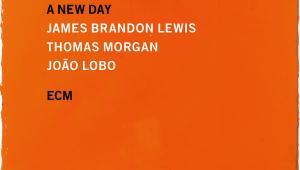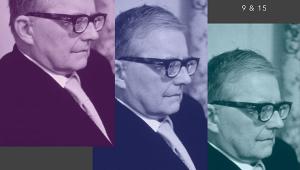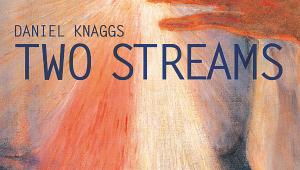Hi-Res Downloads, October 2020
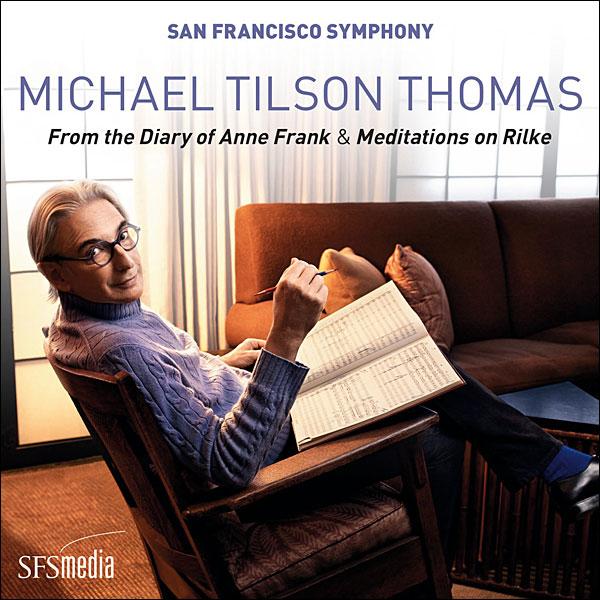
 San Francisco Symphony/Michael Tilson Thomas
San Francisco Symphony/Michael Tilson Thomas
From The Diary Of Anne Frank; Meditations On Rilke (192kHz/24-bit, FLAC/MQA)
www.highresaudio.com; SFS Media 2193600792
In May 1991, after the LSO's Barbican premiere of MTT's revised From The Diary Of Anne Frank, Audrey Hepburn was sitting just one row ahead of me! She and Tilson Thomas had together chosen parts of the diary which he might set in a large-orchestra context – listening to a tape, he says, he was musically influenced by the intonation she used in reading the extracts. It serves the diary so well: the dark, percussion-heavy section after 'yellow star…' mirrors the occupation horrors profoundly. Marking MTT's stepping-down from the SFS, this recording has Isabel Leonard as a beyond-criticism narrator and couples last year's settings of poems by Rilke, with Sasha Cooke (excellent) and Ryan McKinny (very musical, odd German diction). The bar-room piano relates to family history while the score echoes Mahler and Copland more so. Great sound. CB
Sound Quality: 90%

Lab Report
Recorded live at 192kHz/24-bit during performances at the Davies Symphony Hall, mean levels are typically between –20dBFs and –30dBFs but with true 0dB peaks in trks 1, 5, 6, 8 and 10. Note also the ultrasonic spuriae at ~60kHz. PM

Gidon Nunes Vaz Quartet
Embrace Me (DXD; DSD64/128/256/512)
www.nativedsd.com; Sound Liaison SL1039A
This is a typical Sound Liaison release, here captured live in Studio 2 at Hilversum's MCO with recording, mixing and mastering by Frans de Rond. However, en route to becoming a DXD (or DSD) master via a Digital Audio Workstation, the initial recording was transferred to a Studer A80 tape machine at 15ips. Why? The answer is that 'it gives us a bit of what they call "Mojo"'. Definitely an audiophile recording, then, but with a sense of humour, and the result is spectacular, with a warm, generous ambience you can almost reach out and touch, and each instrument – Vaz's trumpet and flugelhorn, Timothy Banchet's piano, Thomas Pol's bass and the drums of the splendidly-named Yoran Vroom – lovingly captured. And Denise Jannah's vocals on four of the tracks are simply glorious. The end result is a gentle, measured and totally appealing set. AE
Sound Quality: 90%
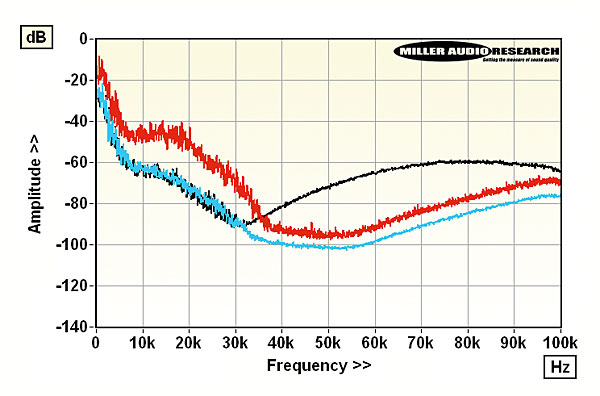
Lab Report
Tested in DSD guise, it's the trumpet and percussion that set the upper harmonics while the analogue tape sets the freq. resp. Thus DSD128 offers little advantage over DSD64 [black trace] aside from pushing out the ultrasonic noise. PM

Vov Dylan & Glenn Amer
The Music Of Cole Porter Without Words (DSD64/128/256/512)
www.nativedsd.com; Elkwood Sony ELK00004
This set from violinist Vov Dylan and pianist Glenn Amer is unusual, not least for the whole concept of Cole Porter's songs delivered without lyrics. After all, Porter was one of those rare composers who wrote both words and music. The intention is to examine Porter's musicianship – something it does rather well, though I dare anyone familiar with the songs not to have the words of 'Night And Day' or 'I've Got You Under My Skin' buzzing in their head while listening. The recording, made in Sydney's Underwood Studios, is also very intimate – Dylan wanting the duo in the room with the listener, and that's just what you get, thanks to the crystal clear, no-frills sound. Yes the arrangements are a bit 'palm court' at times, but the effect of a private recital for the listener is highly persuasive – and really rather attractive. AE
Sound Quality: 90%
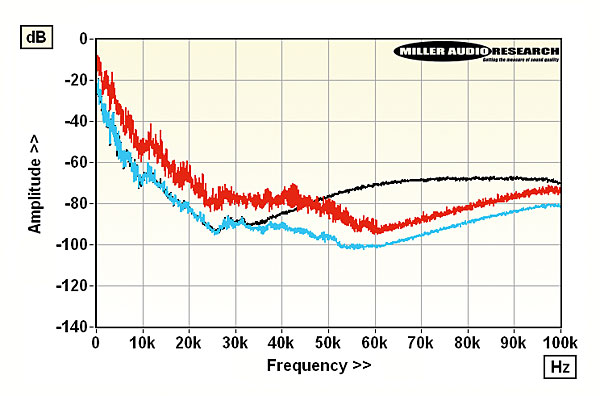
Lab Report
Apparently recorded in 'Native DXD/DSD-Sony' which I presume means both formats simultaneously... We have the DSD version here where the upper violin harmonics are better revealed by the DSD128 than DSD64 file [black trace]. PM
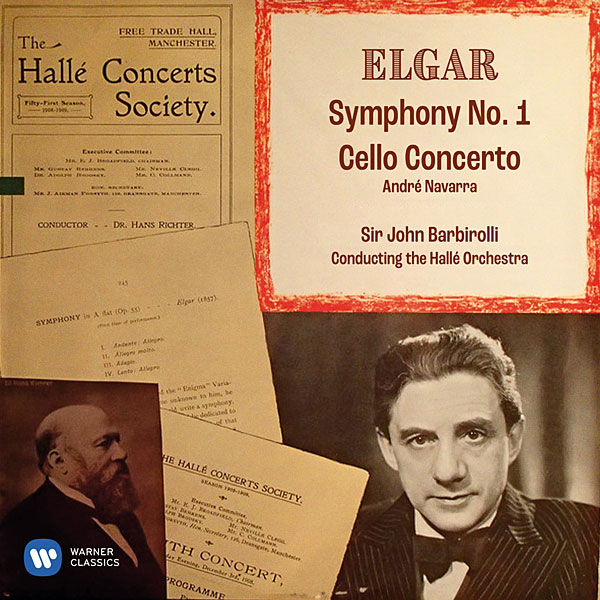
Hallé Orch/Sir John Barbirolli
Elgar: Symphony No 1; Cello Concerto (192kHz/24-bit, FLAC/MQA)
www.highresaudio.com; Warner Classics 9029519597
Sir John made these two recordings towards the end of his contract with Pye, in December 1956 and, with the masterful French cellist André Navarra, in May '57. Moving to EMI Barbirolli re-recorded the Symphony in 1962 with the Philharmonia, perhaps because the Hallé players struggle a little in the finale. This earlier version was completed along with the Introduction & Allegro in just one day at Manchester's Free Trade Hall, with a resulting 'live' feel. It's one of the greatest of all Elgar recordings. But if you have the SJB Edition CD transfer, stay content – 192kHz mastering doesn't add much. The Concerto recording, long faded from memory with most collectors, is most notable for the fingerwork in the scherzo though marred for me – as the cellist is so closely balanced – by vibrato layered over the Adagio. CB
Sound Quality: 90%
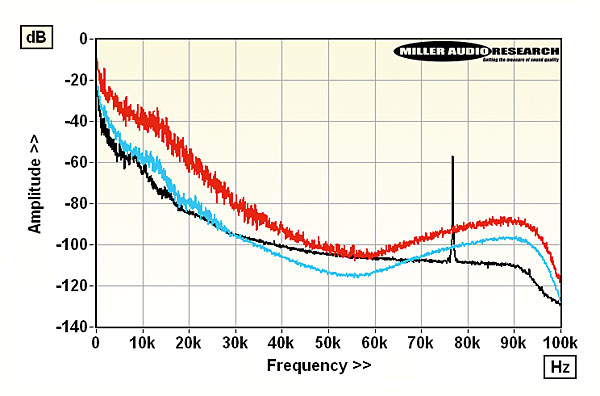
Lab Report
A 96kHz remaster would have captured the bandwidth of this historic recording, where HF is signal and noise. The Cello Concerto is not stereo but mono here, and accompanied by a rather prominent ultrasonic (77kHz) tone [black trace]. PM
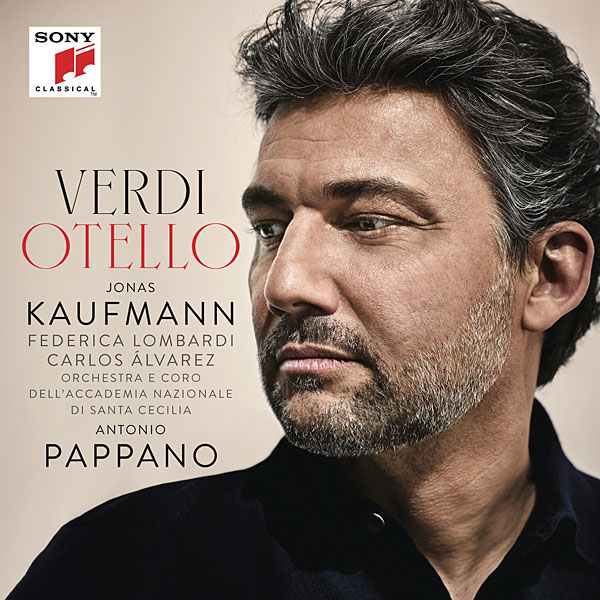
Jonas Kaufmann
Verdi: Otello (96kHz/24-bit, FLAC)
www.highresaudio.com; Sony Classical 19439707932
For around three decades Placido Domingo has been the Otello on stage, film and CDs. Does Kaufmann take the crown? Here, he's with the Santa Cecilia Orchestra, Rome, with Antonio Pappano conducting (This is, incidentally, the second Kaufmann Pappano Otello collaboration on disc). The two other principals are Federica Lombardi (Desdemona) and Carlos Álvarez (Iago). A hyperactive soundstaging, coming at you from all directions, and Pappano's driving energy make the first 15m exhausting. And soupy string playing introduces Lombardi – she's by far the most musical element here, for me. Alvarez is a good foil to Kaufmann and rather more interesting to follow. While totally efficient, Kaufmann never really becomes Otello except in his final scene of remorse. Synopsis but no libretto, track references relating to the 2CD format, and blurb about how wonderful it all is. CB
Sound Quality: 90%
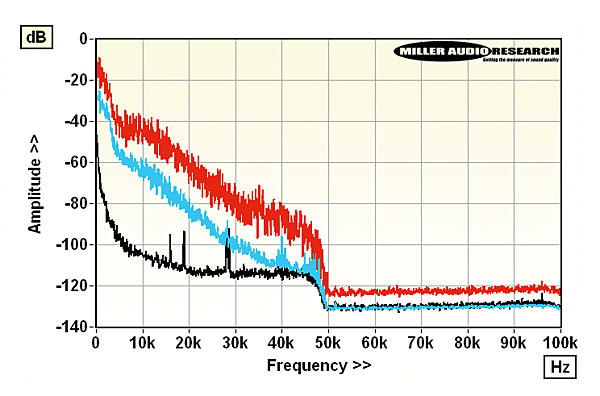
Lab Report
Occupying the available ~48kHz bandwidth of this 96kHz rendering (note steep anti-alias filtering) the digital level never exceeds –0.3dBFs with mean levels typically a little over –20dBFs. Note spuriae in noise floor [black trace]. PM


